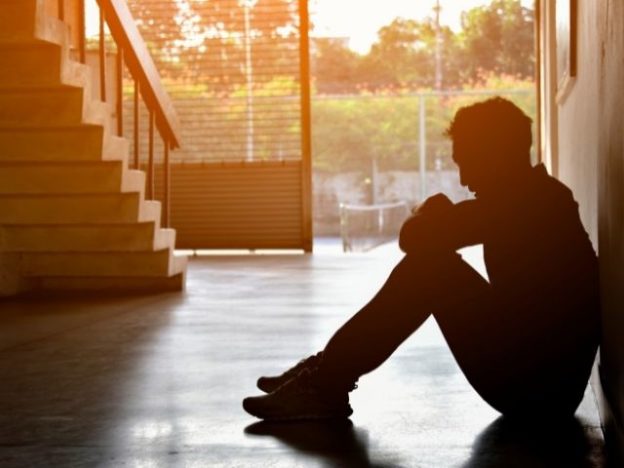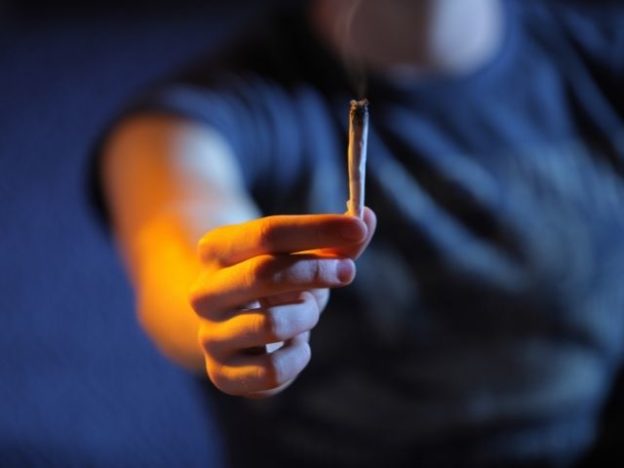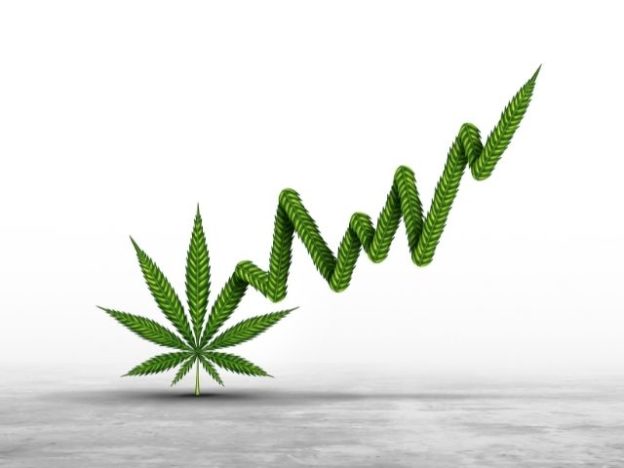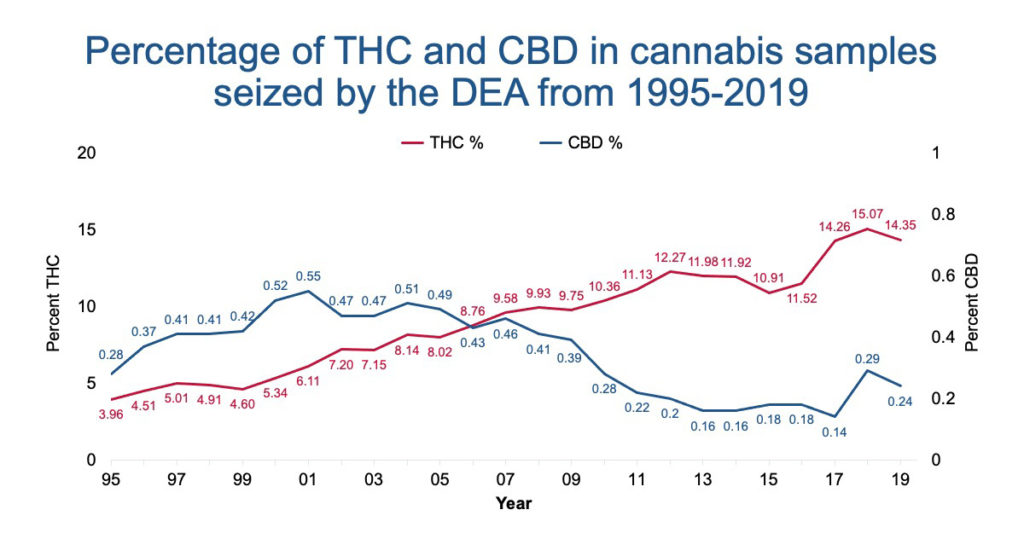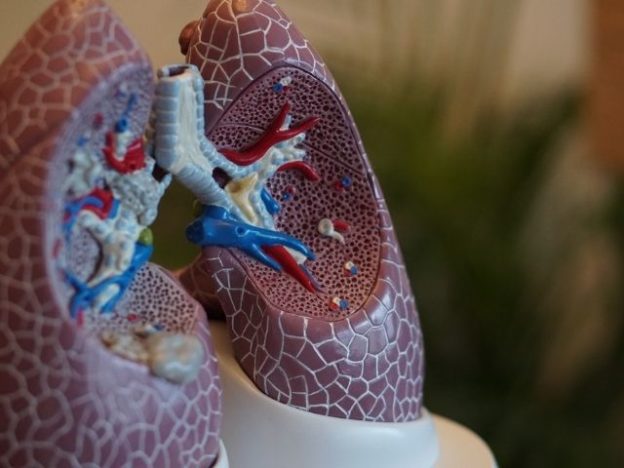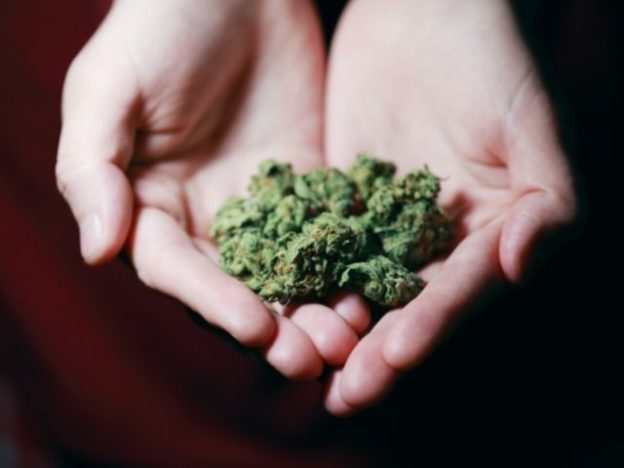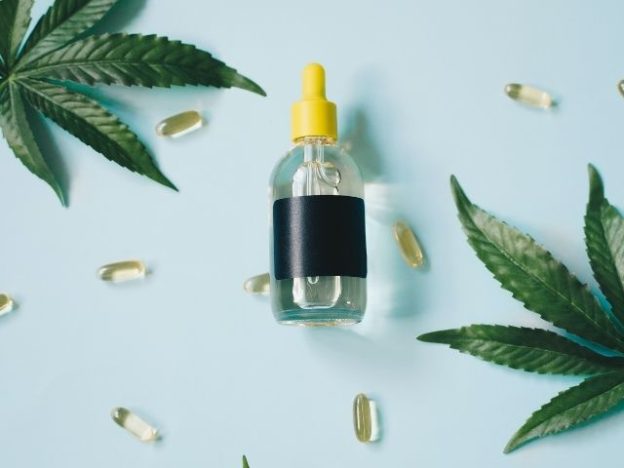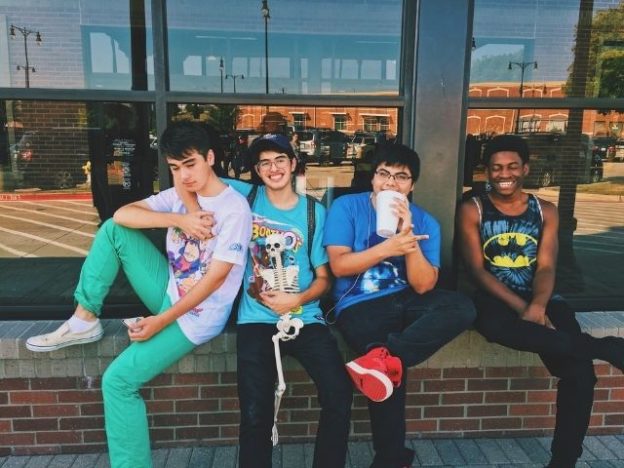Though other levels of care have their benefits, there are distinct advantages to residential substance abuse treatment when a client’s substance abuse problem is severe enough.
Residential substance abuse treatment provides the distinct advantage of being a much more closely monitored around the clock substance abuse treatment solution. Residential substance abuse treatment program benefits include more counseling hours, more 12 step meetings, and more accountability. Residential treatment also offers substance users the chance to attain sobriety in a safe, sober environment where they are free to focus solely on recovery, with very few distractions.
Residential treatment is particularly appropriate for those who have shown that they have a tough time staying sober in their home environment, or those whose substance use disorder or post-acute withdrawal symptoms are severe enough to warrant around the clock supervision.
1. The Treatment Environment is Safe and Monitored
It’s not uncommon for drug and alcohol users to be approached by using peers in early recovery, or to discover a secret stash they had forgotten about while in a blackout. Additionally, family dynamics in early recovery can present many challenges before either side has had much of a chance to sort out their resentments, guilt, and fears individually. The early recovery process is a major life transition, and it’s not easy.
Residential programs offer the benefit of 24-hour monitoring by trained staff, technicians, or counselors. Additionally, they are surrounded by peers whose goals are the same – to sober up. 24 hours a day, there will be someone who is capable of providing love, support, and objective feedback on a client’s struggles and progress. Family relationships improve as loved ones receive counseling, and self-esteem improves as the resident gains more confidence and time sober.
2. Residential treatment provides a distraction-free environment
Aside from the obvious live-in element of residential substance abuse programs, most require residents to give up electronics capable of outside communication, such as texting, social media, and phone calls. Residents are usually allowed communication with family members, supportive loved ones, and peers in recovery (such as 12-step sponsors), but that’s about it.
Some of the most common risk factors for relapse are contact with using peers, exposure to pro-drug social media communities, and even pro-drug music or movies. For a time, residential treatment centers completely eliminates these potential triggers.
Though this can be a big hurdle for some individuals who enter residential treatment, it provides a few unique benefits:
- It allows residents to have some objectivity as they sort through which peers in their lives are helpful, and which ones are not.
- It allows residents to make progress in treatment without undoing their treatment progress in the evening times.
- It helps residents determine whether they are truly committed to the recovery process before they enter treatment.
3. Appropriate separation of family members
We often observe in our substance abuse treatment programs that family members and substance users are usually at odds with each other when the treatment process begins. Though the substance user is usually the one that family members initially feel is “the problem,” family members are often surprised after a few weeks when they discover that they have fears, guilt, and resentments of their own.
Residential treatment programs allow for substance users to focus on recovery and mental health issues in an environment away from their family members, while family members seek counseling or support for issues they discover they have.
This allows the family to come back together in a cohesive way as the treatment program progresses. When the newly recovered substance user returns home and begins their IOP or PHP program, the entire family finds they have tools to respond to the new dynamics in the family.
4. Singular focus on recovery
Participants in outpatient or intensive outpatient treatment programs are in a unique position. They must learn to manage early recovery while also juggling family relationships, home environments, and resisting the classic temptations associated with early recovery. If the individual is also juggling work or school, then a number of other layers are present, each with their own unique temptations.
For some individuals, this is simply too much to deal with.
A benefit of residential substance abuse programs is that they eliminate the need to focus on anything other than just sobering up. Meals are provided, transportation is provided, and events are planned out. For 30, 60, or even 90 days in some cases, clients’ sole focus is to process emotions, learn the basics of the 12 steps, and develop strong bonds with peers in recovery. These early days in residential treatment often prove invaluable.
5. Community and positive peer relationships
We know that connection to a community of positive peers is one of the most important factors in recovery. This is one of the fundamental principles behind programs like Alcoholics Anonymous or Celebrate Recovery.
We also know that one of the most common ways to derail a newcomer’s recovery is through regular contact with negative using peers (or sometimes well-intentioned peers who don’t understand recovery).
Is it necessary to only spend time with peers in recovery forever? Of course not – but in the beginning it’s extremely valuable. Residential drug addiction treatment approaches allow for a period of time in the newcomer’s life where all of their social interactions and emotional support come from peers in recovery who understand what they’re going through.
6. More counseling and more meetings
When comparing levels of care in drug treatment, it’s immediately apparent that residential and inpatient rehab options have the advantage of a much higher intensity of counseling and 12-step support than outpatient or even partial hospitalization programs. Residents often receive up to 6 hours per day of counseling or therapy, in addition to daily 12-step meetings, process groups, and more.
7. Self-sabotage is much tougher in a residential environment
Substance users are masters of self-sabotage, and this often takes the form of “undoing” their progress in treatment as the process unfolds. Recovering from drug or alcohol addiction is a massive step, and there are many uncomfortable challenges along the way. Substance users will often have an important breakthrough in a treatment session, only to drive by their dealer’s house on the way home or pick a fight with a family member later that evening.
Newly sober substance users also are often faced with challenges such as driving by an old liquor store or ex’s house on the way to and from work, IOP, or school day after day.
Residential substance abuse treatment eliminates all those variables for a while, which makes self-sabotage much harder. This allows residential clients to make progress more quickly in the early stages of their recovery.
8. Thorough aftercare planning and goal setting
It’s important to remember that residential substance abuse treatment is just the beginning – it can take anywhere from 18-24 months for newly sober individuals to fully integrate into their new life as a sober individual. This process involves patience, diligence, and many ups and downs.
Residential programs will all have some sort of “hand off” process into the next phase of recovery. Typically, this involves some sort of IOP program, but will sometimes include a PHP program as well. Ideally, every program would culminate with a thorough Aftercare plan that involves check-ins with counseling staff and sober peers, 12-step meetings, and social activities.
Residential programs allow newly sober individuals the space and time to think through every step of this process, including developing specific plans and tools to respond to situations that arise at work, school, home, social time, and time spent alone.
9. Residential substance abuse treatment is a great beginning to the recovery journey
As stated above, residential programs represent a beginning. They are a chance for substance abusers to begin recovery in a safe, sober, and supportive environment. However, it’s important to remember that recovery is an ongoing process and that a robust Aftercare program is of critical importance.
If you or a loved one has been struggling with addiction or substance abuse problems alone, please reach out to a professional. We’d be more than happy to answer any questions you have and help you develop a plan to start your recovery journey today!






